
When Will We Tear Down the Monuments that Glorify Them?
In the past few years, liberal activists have initiated a campaign to remove monuments and other symbols of the Southern Confederacy that fought the U.S. Civil War to uphold slavery.
Yet, this Memorial Day, many of these same liberals will actively celebrate those members of the United States military who fought and died for causes no less deplorable than the Confederacy’s.

Amidst all the pageantry and military worship going on around the country this weekend, few people will recognize the millions of civilians and foreign fighters who have perished due to the endless wars fought by the United States, and no one will honor the dissenters who have resisted morally bankrupt wars from within the ranks of the U.S. military.
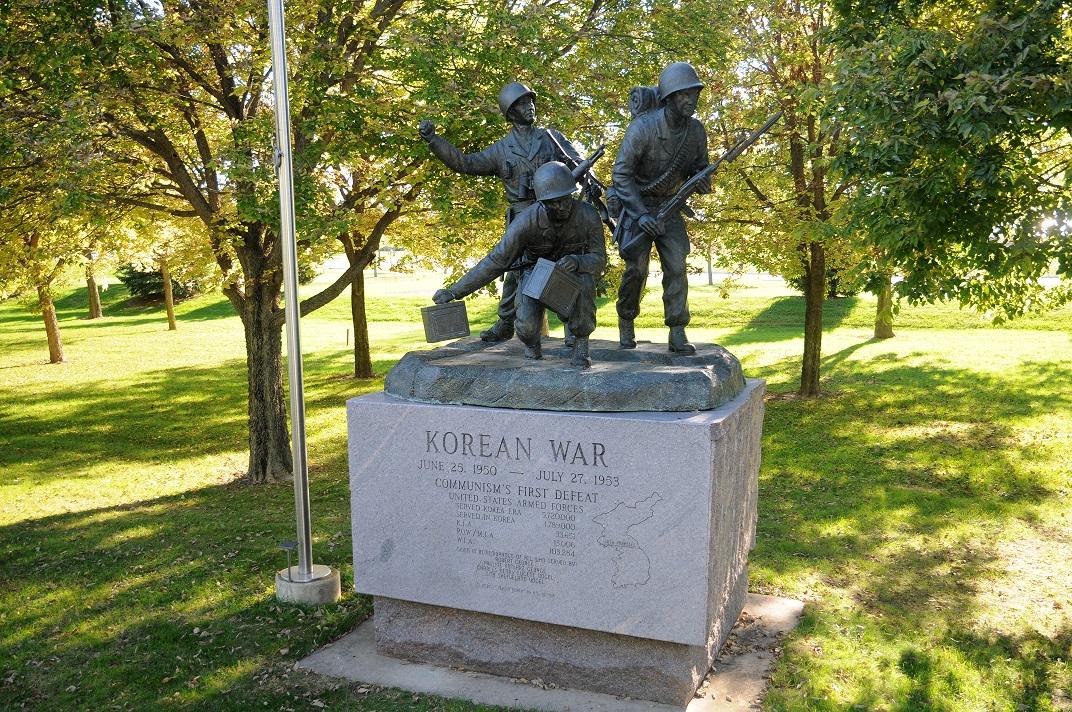
Memorial Day originated in the years following the Civil War and became an official federal holiday in 1971 during the height of the Vietnam War. In its current iteration—the parades, family barbecues, Memorial Day sales, Color Guard marches, and salutes to the troops at sporting events—Memorial Day communicates a celebration of militarism.
The holiday propagates the myth that Americans who have given their lives in U.S. wars have made that sacrifice in the service of protecting freedom or defending the Constitution even as nothing could be further from the truth.

Amidst this worship of militarism there is little acknowledgment of the actual history of the U.S. military and its actions—a form of psychological denial.
The Long List of U.S. Wars
The slides above (click arrow to right to see subsequent slides) contain the long list of U.S. wars from 1776 to 2015; hardly a year goes by when the U.S. is not at war.
This list was compiled by Will Griffin, a former U.S. Army Paratrooper who served in both Iraq and Afghanistan. Upon his separation from the military in 2010, he has since become an antiwar activist, member of Veterans For Peace and speaks regularly to audiences around the world including U.S. college and high school students through the organization called We Are Not Your Soldiers. His writings can be found in numerous publications including Common Dreams, where he wrote the article entitled “After Two Wars, Standing Rock is the First Time I served the American People.”

The following is a call to reorient our conception of Memorial Day to a version that does not reproduce cultural approval for the U.S. empire.
A Record Unworthy of Praise
The dubious nature of U.S. wars goes back to the very origins of the nation. The American War of Independence against Great Britain was motivated in no small part by the desires of powerful land speculators who had designs on indigenous territory.
The Royal Proclamation of 1763 forbade American colonists from invading Indian lands west of the Appalachian Mountains and inflamed resentment amongst the colonial elite toward their British overlords. This initiated a chain of events that would lead to armed rebellion and eventual U.S. independence in the following decade.
Thirteen years later, contempt for Native Americans was even enshrined in the Declaration of Independence, with the author and wealthy Virginian, Thomas Jefferson, lamenting that King George III had
“Excited domestic insurrections amongst us, and has endeavoured to bring on the inhabitants of our frontiers, the merciless Indian Savages, whose known rule of warfare, is an undistinguished destruction of all ages, sexes and conditions.”

Upon achieving independence, this hateful sentiment expressed toward North America’s original inhabitants would be acted upon with a genocidal ethnic cleansing of the continent that continued for another century. The U.S. war for independence was an effort that made possible the complete destruction of indigenous societies that would follow.
Fighting for Whose Freedom?
The U.S. Army’s first war also gave the lie to the idea that the U.S. military fights for freedom. Those for whom freedom was most meaningful at the time did not fight with the Americans: 20,000 Black slaves fought on the side of the British, compared to only 5,000 in the continental army.

It is clear that they understood better than most contemporary Americans what an independent United States would mean for African-Americans. Indeed, their actions have been vindicated by the fact that the achievement of American nationhood in 1783 has been followed by 240 years of enslavement, Jim Crow apartheid, and entrenched discrimination that continues to the present day. Like the indigenous, for African-Americans, the American victory in the war for independence was an epic tragedy, one made possible by the U.S. military.

An Agent of Extermination
Since that initial endeavor against the British empire, U.S. military personnel have fought, killed, and died in wars of conquest, extermination, and violations of other people’s sovereignty.
The U.S. military’s primary use in the first 100 years of U.S. history was to fight wars against Native American nations for the explicit purpose of evicting them from territory that was coveted by white settlers and monied interests.
Emblematic of many wars in the 19th century of genocidal violence against indigenous populations are the three wars that U.S. troops waged on the Seminole population of the southeastern United States (1817–18, 1835–42, 1855–58).
Historians John and Mary Lou Missall have written that “the Seminole Wars dwell among many skeletons in our nation’s closet, but not many Americans have heard the rattling of the bones. Perhaps it is time the closet door was open.”[1]

Aside from the goal of cleansing the tribe from their lands, one of the initial reasons for this violent assault on the tribe was the fact that enslaved Africans of the Southern states had been escaping and finding refuge in Seminole villages.
This led to a U.S. army incursion into then Spanish Florida led by future president and well known Indian killer, Andrew Jackson.

One soldier who participated in the slaughter wrote to his father that Seminole bodies were “stretched upon the plain, buried in the sand and rubbish or suspended from the tops of the surrounding pines. Here lay an innocent babe, there a helpless mother, on the other side a sturdy warrior, on the other a bleeding squaw.”
Legendary Kentucky Senator Henry Clay opposed the war, warning that “nations are often precipitated into ruinous war from folly, from pride, from ambition, and from the desire of military fame. Beware how you give a fatal sanction . . . to military insubordination. Remember that Greece had her Alexander, Rome her Caesar, England her Cromwell, France her Bonaparte, and that if we would escape the rock on which they split, we must avoid their errors.”[2]

His words went unheeded, as the U.S. persisted in its ethnic cleansing until almost all of the Seminole were removed from Florida by 1858—though today the “Seminoles” is the nickname for Florida State University’s sports teams.

The brutality directed against the Seminole was repeated time and time again against indigenous nations across North America as “Manifest Destiny” took hold of the imaginations of American leaders.
Among the primary institutions employed in this genocidal settler colonial effort was the U.S. military—the same organization that, on Memorial Day, we are led to believe is worthy of blind praise and commemoration.
Many Are the Crimes
The pattern of destroying oppressed peoples’ hopes for self-determination was the model from which all of the U.S. military’s actions have followed.
Future President Ulysses S. Grant termed the 1846 Mexican-American War, which resulted in the conquering of one third of Mexico, the “most wicked” and “among the most unjust [wars] ever waged by a stronger against a weaker nation.”

The state of California has several monuments to the Mexican-American War, which celebrate the U.S. conquest and California’s incorporation into the United States.

With some exception, activist groups have not pressed for their removal, though they should.


The same holds true for monuments dedicated to the Spanish-American Philippines War, such as the famous Hiker statue commemorating American soldiers who fought in the war, located at the University of Minnesota and in other locations across the U.S.
The U.S. soldiers who fought in the Spanish-American Philippines War squelched Filipinos dreams of self-determination and killed up to one million Filipinos.
The war saw U.S. soldiers execute civilians, build concentration camps, and torture the subjugated population. What followed that brutality was more than a century of outright colonialism and neocolonialism of the Philippines by the U.S. that continues to the present.
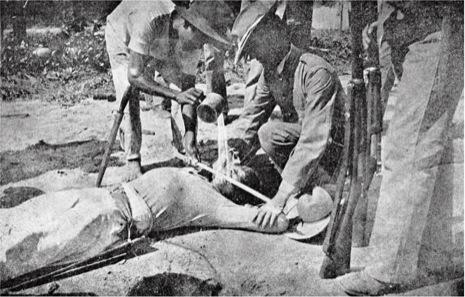
In February 1901, writer Mark Twain wrote bitingly in the North American Review that

These comments remain just as appropriate today and should be cememorated on Memorial Day and at other celebrations.
The list of similar occasions where the U.S. military invaded, subjugated, and committed imperial violence against poor nations is far too long to detail in a single article, but the pattern is consistent.
It begs the question for what is the institution being celebrated and memorialized? What actions of the U.S. military are the American people actually convinced are worthy of reverence?
Should we be honoring the members of the U.S. Air Force that devastated North Korea with 600,000 tons of bombs and 30,000 tons of Napalm between 1950 and 1953, exterminating some three million people?

Do U.S. service members deserve praise for invading and killing tens of thousands in defenseless nations that posed no threat to U.S. citizens, such as the Dominican Republic (1965), Grenada (1983), and Panama (1989), where the U.S. removed a drug lord, Manuel Noriega, who had for many years been on the CIA’s payroll?

Is reverence warranted for the U.S. pilots who in the 1991 Gulf War against Iraq intentionally destroyed the civilian infrastructure of the nation, setting up the Arab nation for a decade of genocidal sanctions?

An example of the barbaric conduct of the U.S. military is when, in July 1988, the U.S. Navy guided missile cruiser USS Vincennes shot down Iranian passenger flight 655, killing all 290 civilians on the plane.

This atrocity occurred within the larger context of the U.S. supporting Iraq in the Iran-Iraq war, which killed hundreds of thousands on both sides. As part of that support, the U.S. Navy had been patrolling the Persian Gulf, some 7,000 miles from U.S. shores, when the civilian airliner entered the vicinity.
The U.S. initially claimed that the flight had diverted four miles from its original path, but an investigation afterward disproved that claim, and established that it was the Vincennes that was within Iranian waters when the plane was brought down.

The captain of the Vincennes who authorized the downing of the civilian flight, William C. Rogers III, was “disciplined” for his war crime by being presented the U.S. armed forces’ Legion of Merit award for his “outstanding service as commanding officer, USS Vincennes from April 1987 to May 1989.”

Less than a month after that tragedy, Rogers’ massacre was minimized by then Vice President George H.W. Bush, a Pacific War veteran and former CIA Director, who said: “I’ll never apologize for the United States of America. Ever. I don’t care what the facts are.”

Given that the most depraved war crimes are rewarded or excused at the highest levels of the U.S. government, it is not surprising that the general public also worships the U.S. military even given the unjustifiable nature of U.S. wars.

Memorial Day festivities encourage this type of blind loyalty while shielding the imperial institution that is the U.S. military from critical analysis of its conduct.
A Word on “The Troops”
The above condemnation of the American military’s historical behavior as a tool of imperialism could be interpreted as a slander against the individuals who have served within that institution. It is important to acknowledge, however, that many of the members of the U.S. armed forces are themselves victims of the imperial project.
Historically, those Americans who have fought and died in U.S. wars have been disproportionately the economically disadvantaged and racial minorities for whom joining the military is their only opportunity for economic advancement.
A classic case was the Buffalo Soldiers, Blacks used to carry out dirty work in the Indian Wars—replicating the pattern of colonial armies recruiting from subjugated minorities.

Memorial Day should be an occasion to mourn and honor the lives of those Americans who have perished in U.S. wars. However, this needs to come with an acknowledgment that those responsible for U.S. military deaths are the domestic elite who launch these wars in which so many die.


These members are of the caste that rarely fights in U.S. wars, and for whom the bloodshed of the poor in America matters little more than the lives of foreigners.
Memorial Day in its current iteration only serves to propagate the myth that the ultimate sacrifice given by so many in the U.S. armed forces is connected to an admirable cause.
This prevents us from having a serious reckoning with the monumental damage caused by U.S. militarism as that critical level of analysis becomes hidden behind empty gestures of honoring the fallen for their sacrifice. But sacrifice for what? This is the question we need to ask.

Some U.S. Troops Worth Memorializing
This Memorial Day hopefully we can start a tradition whereby citizen groups hold teach-ins and other community events where they honor fallen soldiers but also ask critical questions about the history of American wars, past and present.
A Memorial Day that honors the sacrifice of members of the armed forces should also honor those who sacrificed their lives challenging the empire.
Historical monuments across the country might do the same.
Tribute should be given to the Saint Patrick’s Battalion, composed of Irish-Americans who defected and joined the Mexican army to fight against their former compatriots after a change of heart regarding the purposes behind the war.
The men in the battalion fought bravely in an artillery unit but found themselves in a doomed effort in the Battle of Churubusco, where most were captured by the invading U.S. forces, and 50 were eventually hanged for treason.

Half a century after the Saint Patrick’s Battalion challenged U.S. imperialism in Mexico, U.S. Army Private David Fagen did the same in the Philippines.
As an African-American who had grown up in the Jim Crow-era South, Fagen was familiar with the racism ingrained in the American project, which was being replicated against the Filipino people. One white soldier said there that “picking off niggers was more fun than a turkey shoot.”
The dehumanization and wanton slaughter of the civilian populations led Fagen to defect from the U.S. Army and join the Filipinos in their armed struggle against the American invaders.
Within the ranks of the Filipino Revolutionary Army, he rose to the rank of captain, with some of his new brothers in arms even referring to the American as “General Fagen.”
His anti-imperialist stance drew the attention of The New York Times, which described Fagen as a “cunning and highly skilled guerrilla officer who harassed and evaded large conventional American units.”
Such prowess in undermining the imperial designs naturally raised the ire of U.S. commanders, who placed a price on Fagen’s head. Fagen was subsequently killed, it appears, by a local bounty hunter, with his severed head delivered to U.S. imperial authorities as proof of the act.

The heroism of Fagen and the members of Saint Patrick’s Battalion remain obscured in U.S. history, and are certainly not given any reverence in Memorial Day celebrations.
Also obscured is the history of conscientious objectors to war, and that of the broad-scale GI resistance movement that developed against the Vietnam War—a criminal war that resembled the Philippines War.

The omission is, of course, convenient for those wishing to continue the imperial project. The memorialization of members of repressed groups within the United States who died while challenging U.S. violence has dangerous implications for the stewards of American empire.
Such a commemoration would contradict the foundational myths that justifications for U.S. interventions and wars rely on, that is, the “City on a Hill”/American Exceptionalist narrative, and the notion of the U.S. as a force for good in the world.
This is precisely why U.S. citizens who seriously want to prevent future deaths of U.S. military personnel in wars should reorient their Memorial Day commemorations to honor those members of the armed forces who challenged the militarists’ agenda.
The Forgotten, Unacknowledged, and Un-Mourned
Memorial Day celebrations that focus solely on U.S. soldiers’ sacrifices and deaths is an exercise in nationalism and jingoism in that it neglects the millions of human souls that perished from deadly U.S. firepower, too many of whom were civilians.
These victims go unacknowledged throughout the year, as U.S. war monuments do not commemorate them.
The Vietnam Veterans Memorial in Washington, D.C., for example, consists of 58,320 names of American military personnel who were killed over the space of two 246-foot black granite walls.
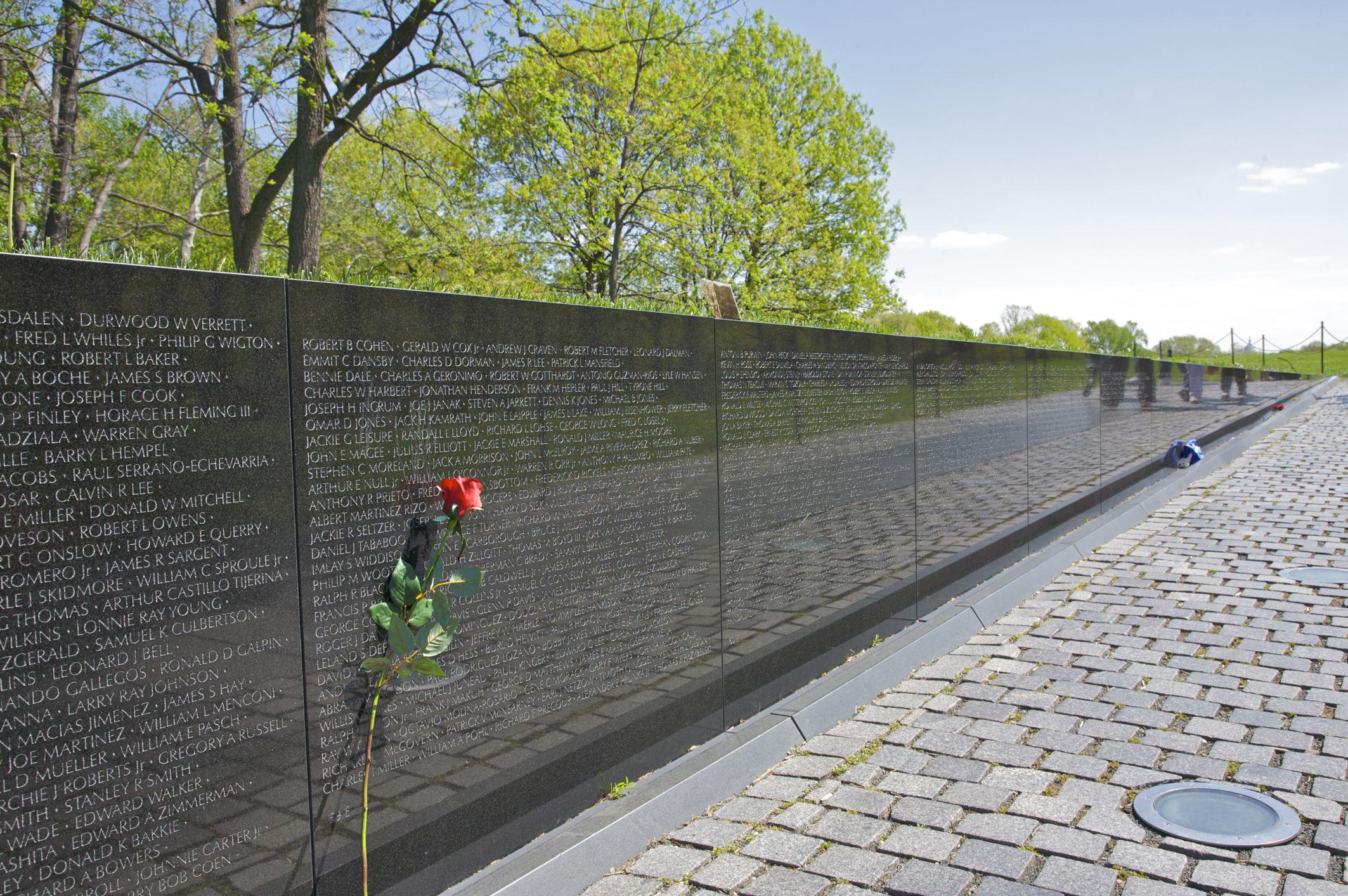
However, to fully encapsulate the epic tragedy and crime that was the U.S. war in Indochina, the space dedicated to the memorial would have to include the 2-4 million Vietnamese, Laotian and Cambodian deaths, representing roughly 34 to 68 times the death toll of the U.S. military.

And the memorial would have to be continuously growing in size because of the many deaths that have resulted in recent decades from undetonated ordinance and the toxic effects of Agent Orange and other chemical weapons used during the war.
Asymmetric Suffering
The discrepancy between the number of U.S. troops and Vietnamese killed in the Vietnam War is part of a pattern in which the U.S. relies increasingly on sophisticated military technologies such as drones to reduce its casualty levels.
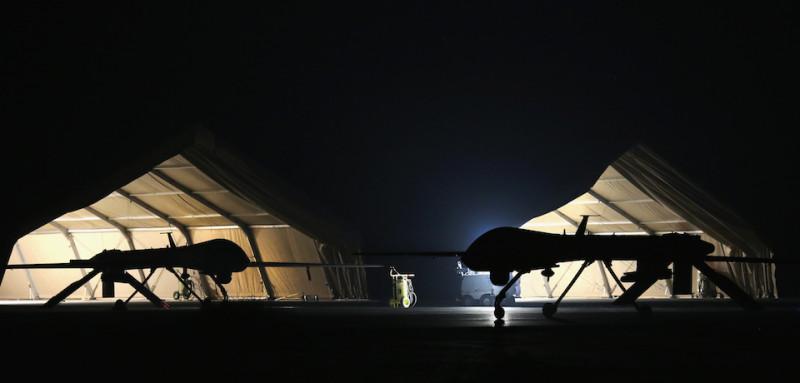
During the 2003 U.S. war in Iraq, some 4,550 U.S. soldiers were killed compared to more than one million Iraqis. The 20-year U.S. war in Afghanistan has claimed the lives of some 2,401 U.S. military personnel compared to more than 170,000 Afghans.
The current U.S. war on Yemen, causing one of the world’s worst humanitarian crises, has been carried out through Saudi Arabia. The U.S. has sold the Saudis advanced weapons, given diplomatic cover for its criminal actions at the UN, along with providing intelligence sharing, and mid-air refueling of Saudi jets en route to bombing their targets. Additionally U.S. Navy has supported a harsh blockade that has contributed to the deaths of hundreds of thousands.
The total death toll of Yemenis from bombing and blockade-induced deprivation is now estimated by the UN to exceed 233,000 (almost certainly a low-end estimate given the difficulty in obtaining such data in the war-torn nation) while zero U.S. citizens have been killed.
Thus, this Memorial Day no American towns will honor those who have fallen in the U.S. war in Yemen, no veterans of the Yemen War will march in any parades, and consequently the American people will continue to tolerate an extermination campaign in which their government continues to be deeply complicit.

Acknowledging the Other Side
The blindness of nationalism cuts us off from the humanity of people in other nations.
It is unlikely that any U.S. politician would ever honor warriors who died fighting the U.S., however, an alternative Memorial Day celebration might acknowledge their humanity and recognize that in many cases they were justified in fighting for national self-defense—a right that is enshrined in Article 51 of the United Nations Charter. Additionally, UN resolution 37/43,
“Reaffirms the legitimacy of the struggle of peoples for independence, territorial integrity, national unity and liberation from colonial and foreign domination and foreign occupation by all available means, including armed struggle.”
On Memorial Day, U.S. citizens should be asked to put themselves in the shoes of the Native Americans, Mexicans, Filipinos, Vietnamese, Iraqis, Afghans or any of the many others who have fought against the U.S. Would they not also be compelled to take up arms in defense of their country after it was invaded by a foreign power bent on installing client rulers and stealing the natural resources?
Every nation ultimately has its own mythologies.
However, not everyone needs to go along with them or uncritically accept them. Given the wide reach and violence of the U.S. empire, it is particularly important for progressive-minded citizens living there to counter the dominant narrative that is advanced on Memorial Day and to promote empathy for the victims of U.S. wars, with the hope that their country might one day stand for peace.

-
John and Mary Lou Missall, The Seminole Wars: America’s Longest Indian Conflict (Gainesville: University Press of Florida, 2004). ↑
-
Missall and Missall, The Seminole Wars, 49. ↑
CovertAction Magazine is made possible by subscriptions, orders and donations from readers like you.
Blow the Whistle on U.S. Imperialism
Click the whistle and donate
When you donate to CovertAction Magazine, you are supporting investigative journalism. Your contributions go directly to supporting the development, production, editing, and dissemination of the Magazine.
CovertAction Magazine does not receive corporate or government sponsorship. Yet, we hold a steadfast commitment to providing compensation for writers, editorial and technical support. Your support helps facilitate this compensation as well as increase the caliber of this work.
Please make a donation by clicking on the donate logo above and enter the amount and your credit or debit card information.
CovertAction Institute, Inc. (CAI) is a 501(c)(3) non-profit organization and your gift is tax-deductible for federal income purposes. CAI’s tax-exempt ID number is 87-2461683.
We sincerely thank you for your support.
Disclaimer: The contents of this article are the sole responsibility of the author(s). CovertAction Institute, Inc. (CAI), including its Board of Directors (BD), Editorial Board (EB), Advisory Board (AB), staff, volunteers and its projects (including CovertAction Magazine) are not responsible for any inaccurate or incorrect statement in this article. This article also does not necessarily represent the views the BD, the EB, the AB, staff, volunteers, or any members of its projects.
Differing viewpoints: CAM publishes articles with differing viewpoints in an effort to nurture vibrant debate and thoughtful critical analysis. Feel free to comment on the articles in the comment section and/or send your letters to the Editors, which we will publish in the Letters column.
Copyrighted Material: This web site may contain copyrighted material the use of which has not always been specifically authorized by the copyright owner. As a not-for-profit charitable organization incorporated in the State of New York, we are making such material available in an effort to advance the understanding of humanity’s problems and hopefully to help find solutions for those problems. We believe this constitutes a ‘fair use’ of any such copyrighted material as provided for in section 107 of the US Copyright Law. You can read more about ‘fair use’ and US Copyright Law at the Legal Information Institute of Cornell Law School.
Republishing: CovertAction Magazine (CAM) grants permission to cross-post CAM articles on not-for-profit community internet sites as long as the source is acknowledged together with a hyperlink to the original CovertAction Magazine article. Also, kindly let us know at info@CovertActionMagazine.com. For publication of CAM articles in print or other forms including commercial internet sites, contact: info@CovertActionMagazine.com.
By using this site, you agree to these terms above.
About the Author

Matt Mckenna is a teacher in Bergen County New Jersey and teaches AP United States History.
Prior to that job, he was a teacher for a decade in the Bronx (2007-2017).
He can be reached at: mckenna6@gmail.com













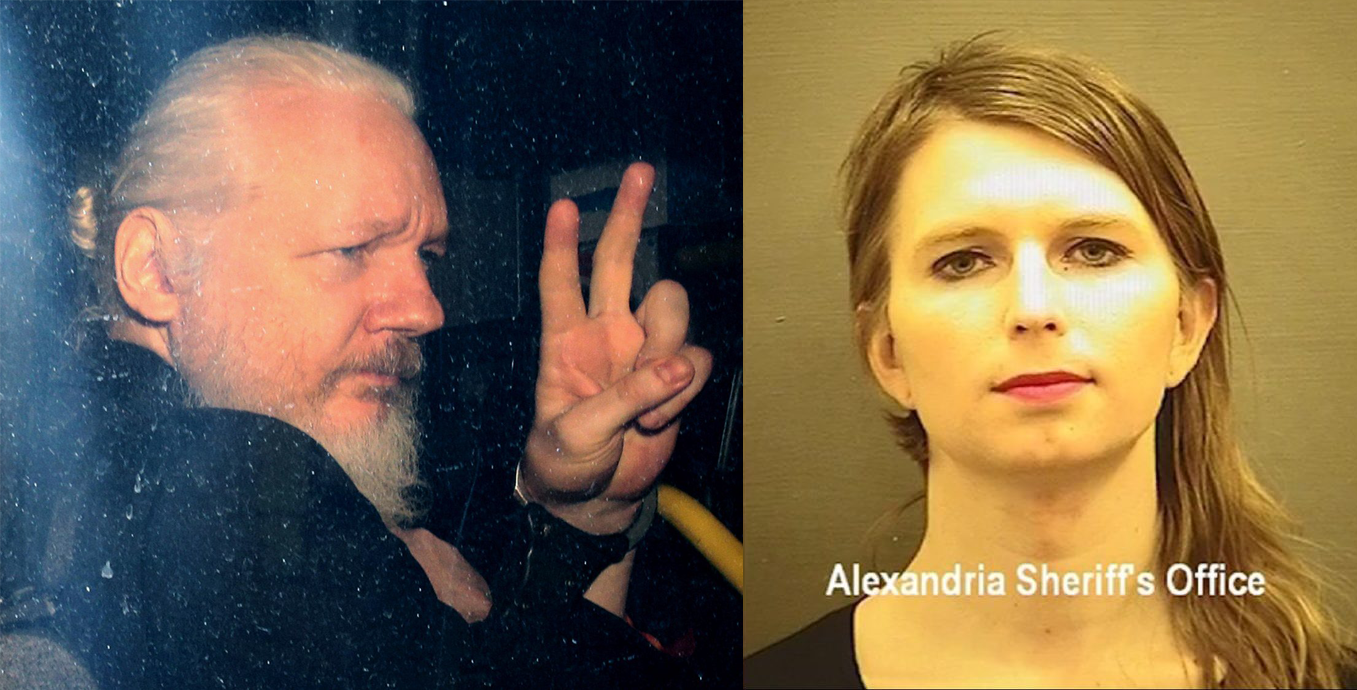


Great piece. David Fagan, Veterans for peace, General Smedley Butler and many more soldiers who turned their backs on the imperial war-makers, especially those who fought with the attacked victims, such at the Irish-Americans in Mexico are the one who should be honored. It is hypocritical to “honor” those who let themselves be beguiled to murder people for the US War Business Machine (Wall Street, White House/Pentagon/Langley/NSA).
[…] We Should Remember Most U.S. Wars Were Started for Resource Theft, Imperial Hubris and Racist Animus […]
[…] On Memorial Day, We Should Remember Most U.S. Wars Were Started for Resource Theft, Imperial Hubris and Racist Animus By Matt McKenna, CovertAction Magazine, May 30, 2021 […]
Great overview. This is courageous for a public school teacher whose bosses only allow official history to be taught.
I think of myself as a student of history. Some of this was known to me, but a lot of this was not.
I published an essay a few years ago lauding the idea of the Peace Corp, and how that effort brought the international community closer to the United States.
I went on to suggest that a major program to bring fresh water systems for the poor countries that need that help would diminish stresses in those countries and lead to a more peaceful world. It would be expensive but a whole lot cheaper than any war we ever embarked on.
I also suggested that we convert our old aircraft carriers into hospital ships and deploy them to anywhere in the world that was experiencing a natural disaster or any other health crisis. Again this would not be cheap,
but it would be effective.
The benefits of being a leading nation in the world gives the US the ability to foster a more peaceful world
Your effort to identify Americans who sacrificed everything to uphold “American” ideals by rising in opposition to US military power is a very welcome thing. People working for social justice today need to know their foremothers and forefathers.
[…] https://covertactionmagazine.com/2021/05/30/on-memorial-day-we-should-remember-most-u-s-wars-were-st… […]
A fourth cause of US wars, besides resource theft, imperial hubris, and racism was US banks.
The US, under Wilson, who was re-elected in 1916 on his promise to keep the US out of the European War, entered the war to preserve the value of the debts to US banks owed by France and England. Our banks loaned our later (after April, 1917) allies the money to continue the stalemated trench war that was almost three years old when over 116,000 Yankees were sent to die in the mud. If we had not joined the bloodshed, the “allies” would have had to make peace with the Kaiser’s Germany. There would not have been the reparations demanded of Germany in order to repay the US banks, and the rise of the NAZIs could have been averted.
No disagreement there. I think WWI is probably worth devoting a whole article to; The senseless nature of it, the fact that the US took the side of the genocidal British and French Empires, and the domestic hyper security state in the US. Nothing noble of justifiable about that war.